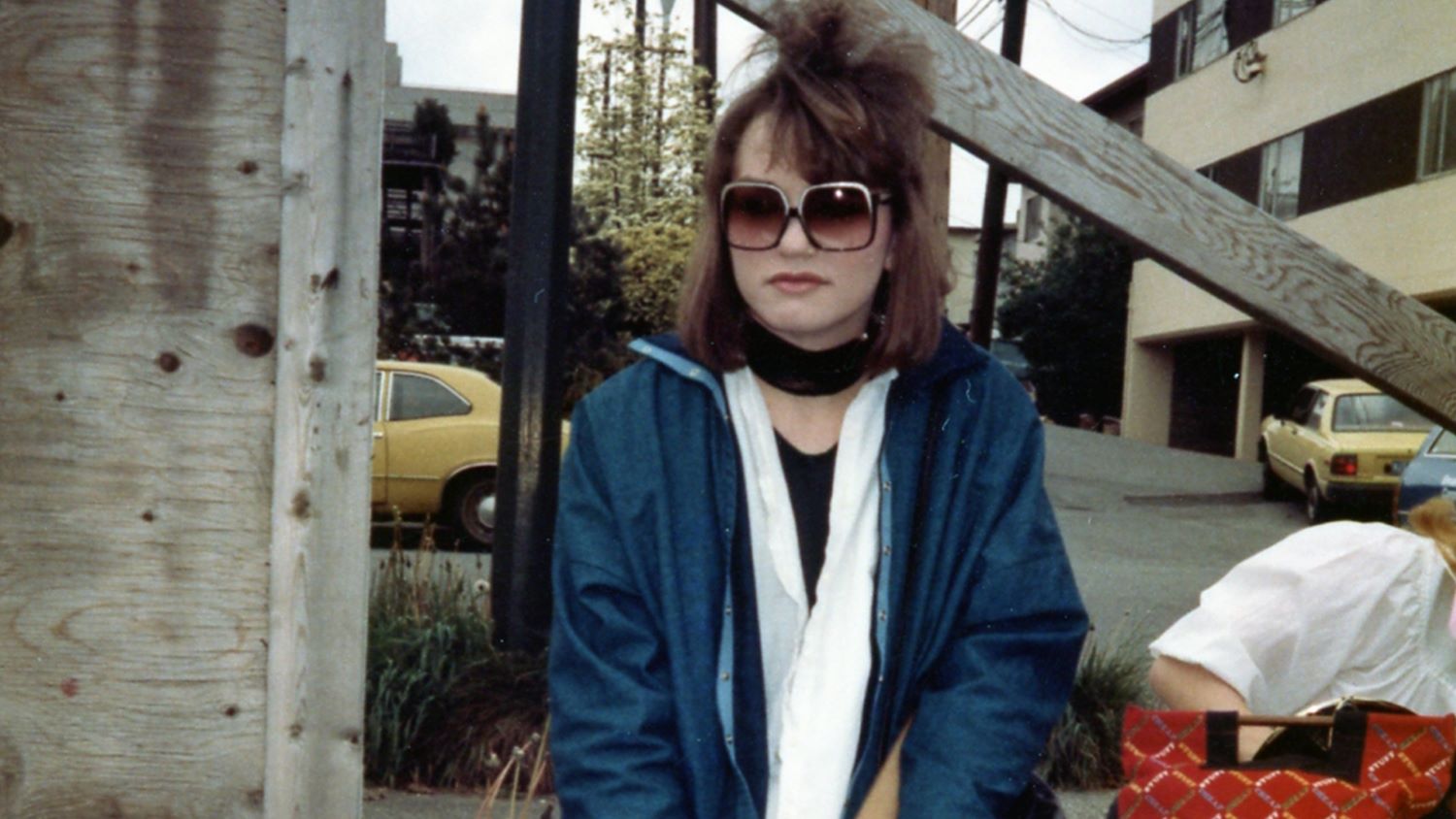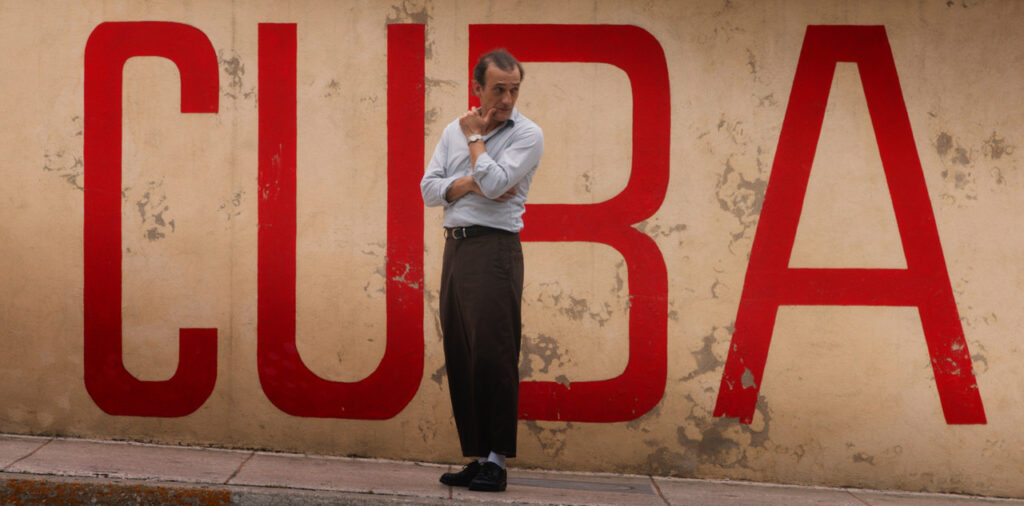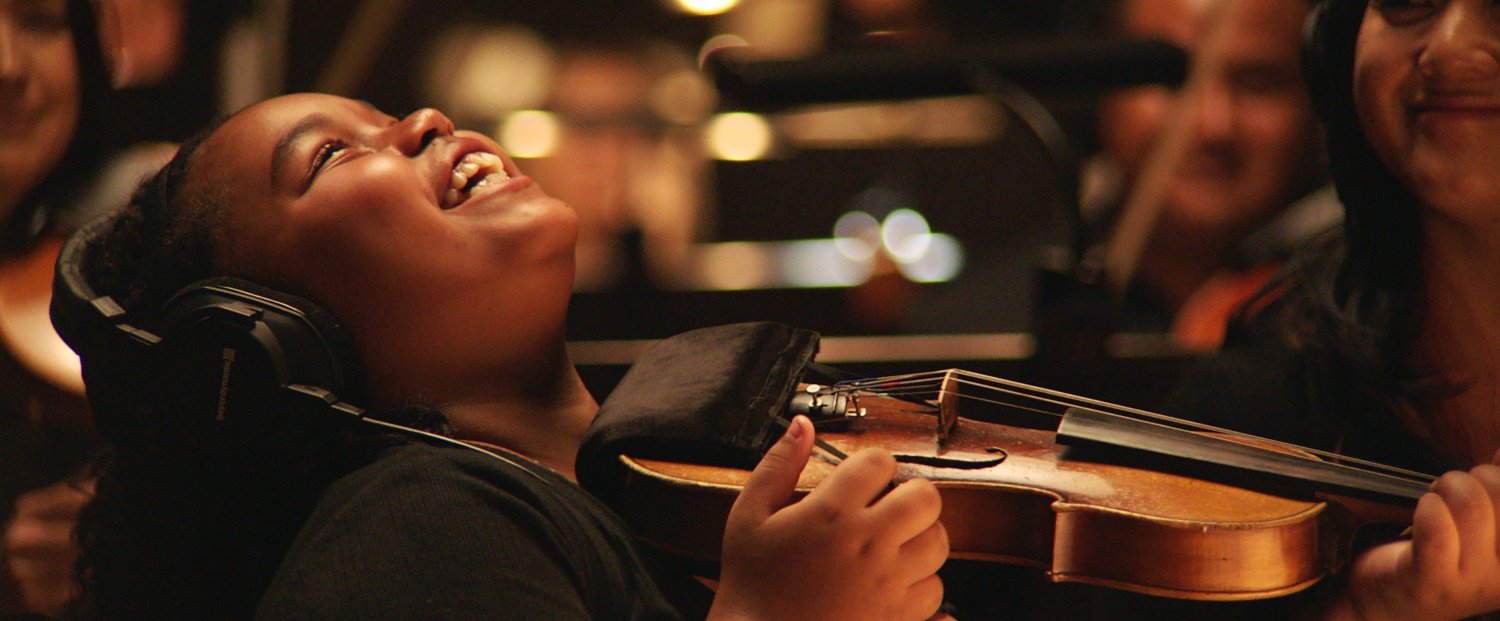It would now be pretty much impossible for me to figure out precisely how many times I’ve watched Hookers on Davie. I first saw it in a film studies class at the University of Alberta (thank you, Bill Beard!), a couple of years after it came out. I was instantly hooked. Here was an unblinking look at sex work from the perspective of the women–both cisgender and trans–and gay men themselves, out on the street. We see them in a sex work capital of sorts, Vancouver, where they spend their time on Davie Street, hoping to snag a pick-up.
The film is a perfect gift to someone teaching documentary film. It shows us what life was like for sex workers pre-Internet–which changed almost everything, as it did for almost everything else. Notably, the people in the film have chosen to work without pimps, when debates were raging over whether pimps were a positive protective force or just another racket for men to abuse and rip off vulnerable women.
Since I first started teaching the film, it has taken on new meanings: the women speak of fights they have with hostile clients. One trans woman, Michelle, speaks of stabbing a john who had become violent with her. “I’m not a violent person,” she says. “I’ve only stabbed three people in my life.”
The line never fails to get a laugh, but that testimony, like many throughout the film, is raw and upsetting, and one can see the cumulative trauma many of the interviewees are experiencing. If ever the subjects of this film appear to be overstating the case, that sense came to a screeching halt in 2002, when Robert Pickton was arrested and charged with the murder of multiple women (some estimates run over 60), most of them sex workers. Pickton’s crimes became famous because of their extremity: he reportedly cut up the women and fed them to his pigs as a means of disposing of their corpses. The revelations of Pickton’s extensive crime spree–one of the worst in Canadian history–made it entirely clear (had there been any doubt) about the kinds of dangers sex workers in Vancouver faced.
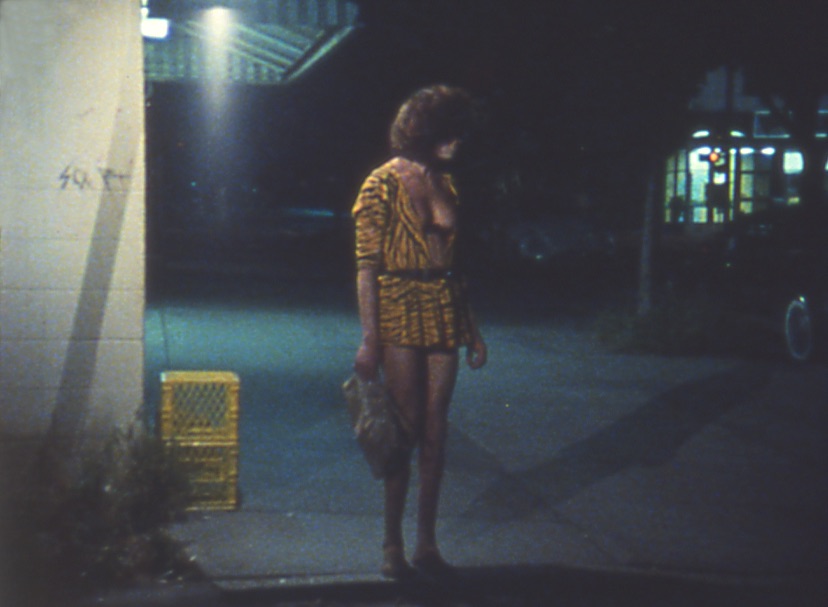
As well, the story behind the production of Hookers on Davie perfectly illustrates shifts in nonfiction filmmaking and in the evolution of the feminist movement generally. The project began with seed money from Studio D, the NFB’s landmark women’s unit. Launched in 1974 by Kathleen Shannon, her production unit was founded amid some mockery: one producer at the Board, apparently very hostile to the idea of a studio dedicated to women filmmakers, pledged that he would eat the celluloid of the first successful film Studio D created. He would be left to eat his words pretty quickly, because Studio D, driven by feminist and progressive philosophies, began to earn critical accolades for work that was seen as edgy and unapologetically opinionated. By 1979, Studio D had won its first Oscar with Beverly Shaffer’s film about a spirited girl with disabilities, I’ll Find a Way.
Two years later, Studio D released its most controversial doc, Not a Love Story: A Film about Pornography (1981), a meditation on graphic porn that was instantly (in)famous. Director Bonnie Sherr Klein and producer Dorothy Henaut had initially set out to make a film about women’s thoughts and feelings about pornography and expected to encounter a range of opinions. Instead, they found nearly universal condemnation of porn and its effects by almost everyone they engaged with on the film.
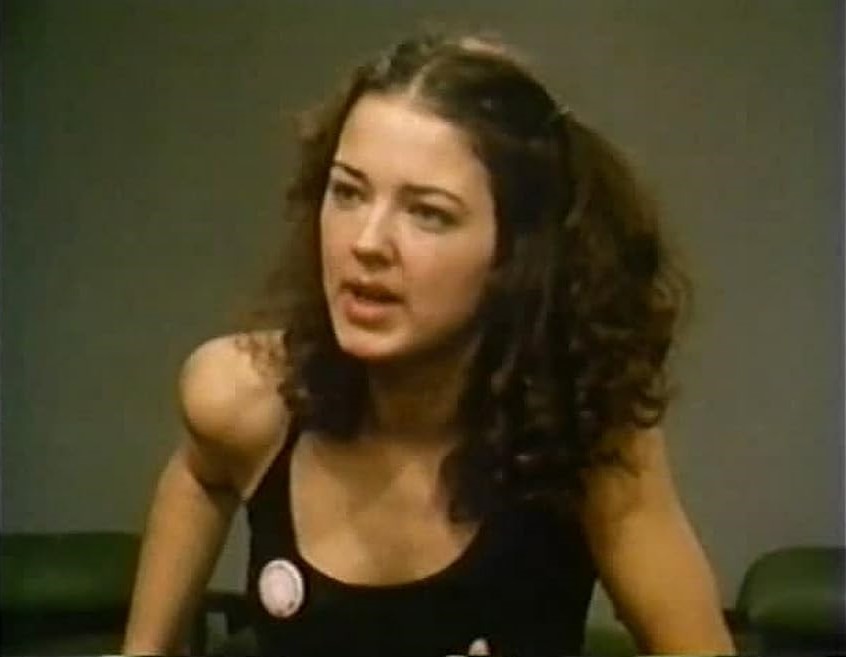
When released, some heralded the doc for its frankness, and for calling out the streak of extreme misogyny running through so much of the explicit material that was being fed by men but it hardly received universal acclaim. In fact, Klein’s feature polarized audiences and critics from the moment it premiered. Critics charged that the filmmaker had gone out of her way to only focus on the absolute worst aspects of porn, cherry picking images that featured astonishingly disturbing violent images of women being beaten and degraded. Two critics, notably both queer, took aim at the film. Writing in the alternative weekly Village Voice, B Ruby Rich condemned Not a Love Story as a pro-censorship screed. The Globe & Mail‘s Jay Scott famously dubbed it “bourgeois feminist fascism.” Some saw the film as propaganda that favoured censorship, but Ontario’s censorship board made the perfectly ironic move of banning the film due to many of the excerpts from various porn movies it included. Klein has always been careful to state that she never meant to endorse censorship.
None of this was helped when the main subject, and de facto ‘star,’ of the film, Lindalee Tracey, distanced herself from the project, saying she had felt exploited by Klein and Henaut and was put off by how the film was edited and presented. Tracey and Klein never mended fences. In a 2006 interview with POV, Tracey maintained her displeasure with Not a Love Story and how she was represented in it: “The people who made the film didn’t get it,” Tracey said. “They were never poor. Most of the strippers were poor… I found the whole experience incredibly painful and untrue and inauthentic.” The interview was published shortly after Tracey died following her lengthy battle with cancer.
(In her 2014 book, Bonnie Sherr Klein’s Not a Love Story, Calgary-based author and academic Rebecca Sullivan does an excellent job of parsing out the various debates regarding this complex and divisive film. I highly recommend the book.)
Not a Love Story had a significant impact and screened continually for years at various events. Gloria Steinem hosted the New York City premiere of the film, which served as a fundraiser for the feminist magazine she co-founded, Ms. It helped to toss one of the first grenades in what would ignite the porn wars, in which various factions argued over whether porn could actually have any value and if censorship was ever a good and/or ethical practice. It helped to set off a chasm between second-wave feminists, who regarded porn as inherently misogynist, and third-wave feminists–who argued some porn could be fun and edifying, and denounced what they contended were condescending attitudes towards sex workers.
Amid all of this fallout, Cole and Dale were embarking on their research for a proposed film on sex work. They had made P4W: Prison for Women, which focussed its lens on inmates in the high-security prison solely for females. The film had drawn critical accolades, and Cole and Dale had proven their keen ability to get their subjects to open up about intensely intimate and disturbing experiences. P4W managed to upend and challenge many viewers’ attitudes towards prisoners.
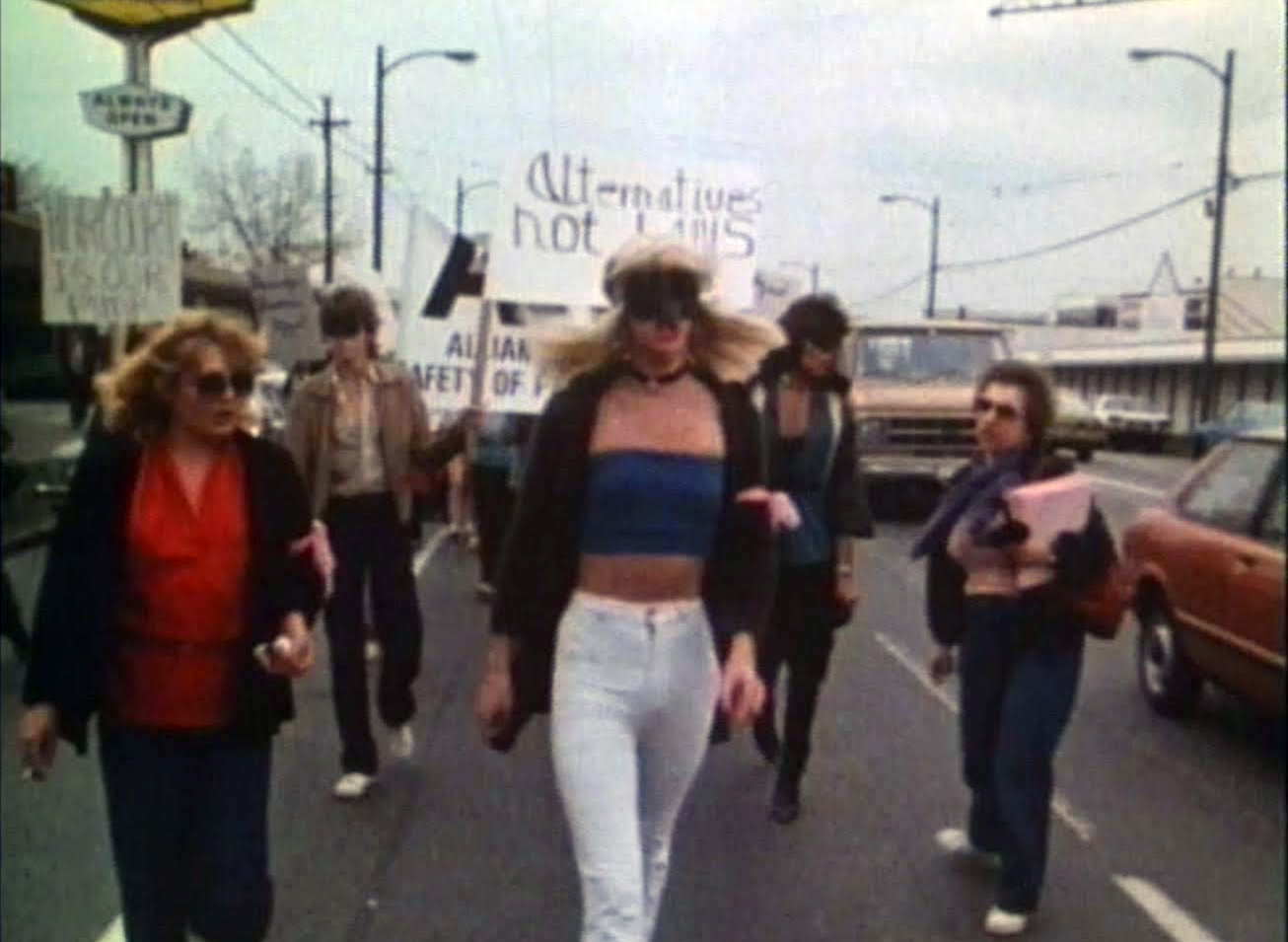
With research funding from Studio D, Cole and Dale began to interview sex workers in various cities, ultimately deciding that Vancouver, which was something of a sex-worker hub, would make for a good focus. In pre-Internet sex work, hooking up with clients often meant street walking, and Davie Street, in the city’s west end, was a popular hangout. Cole and Dale began doing some on-camera interviews with the sex workers, which included cisgender women, trans women and gay men. But when they took this initial footage back to the NFB HQ in Montreal, they met with some cold stares.
“What we had found was a complex community of close-knit sex workers,” Cole recalls. “They were a diverse group, but they stuck together. They had rejected having pimps around them, instead looking out for each other.”
“We had to part ways from [Studio D],” Dale would tell me later, “because they didn’t share the same views on what were feminist issues… at its core, Hookers truly was feminist, but according to Studio D, it wasn’t. While I feel Studio D did a lot of good things, they had a heavy-handed agenda.”
This is one of the many reasons Hookers on Davie is such a powerful film to teach. It perfectly reflects the rift between second- and third-wave feminists. Studio D aligned itself with the more traditional underpinnings of ’60s-style feminism, while Cole and Dale felt cutting out trans women and gay men would have been a dishonest portrait of what they had found on Davie Street.
What is most impressive to me is that Cole and Dale made the insanely gutsy decision to break ties with Studio D and make the film independently. Their vision was that important to them. At the time, Studio D had just netted its third Oscar for Terre Nash’s remarkable no-nukes short If You Love This Planet. Being part of the NFB meant any Studio D release would immediately benefit from a built-in distribution and publicity network, one very well-established and respected around the world. “And perhaps even more importantly,” Cole recalls now, “we walked away from a guaranteed budget.”
We can thank Cole and Dale profusely for remaining true to those working Davie Street. Hookers on Davie stands in contrast to Not a Love Story. While both films have their merits, Hookers never seems to condescend to its subjects, while simultaneously never glorifying or sugar-coating sex work. The women and men in the film are proud survivors but never attempt to hide the significant wounds they have endured in a culture that maintains multiple hang-ups about sex work. It’s fitting that the film is punctuated by a protest in which the workers demand that Canada’s laws be changed to legalize sex work, a move they argue will free them from possible criminal charges and make their lives safer. Forty years later, Canada still has laws that prohibit sex work.
Cole and Dale embrace a variety of documentary filmmaking techniques throughout Hookers on Davie, from talking-head interviews to hidden-camera scenes of interactions between sex workers and their clients. I screen it every year in the documentary class I teach at Concordia, and each time I see it, I remain astonished that this remarkable film even exists.
Perhaps more remarkable is how a film this revelatory can remain so obscure and overlooked. In his 2017 book on the subject, Sexography: Sex Work in Documentary, author Nicholas de Villiers somehow manages to neglect to refer to Hookers on Davie, not even mentioning it once. It’s time to correct that.
For its 40th birthday, let’s give this film the gift of respect it richly deserves; the same respect Cole and Dale gave the sex workers they championed. I implore documentary enthusiasts and cinéastes everywhere to embrace Hookers on Davie, granting it another round of screenings, inclusion in documentary classes and renewed assessments.




